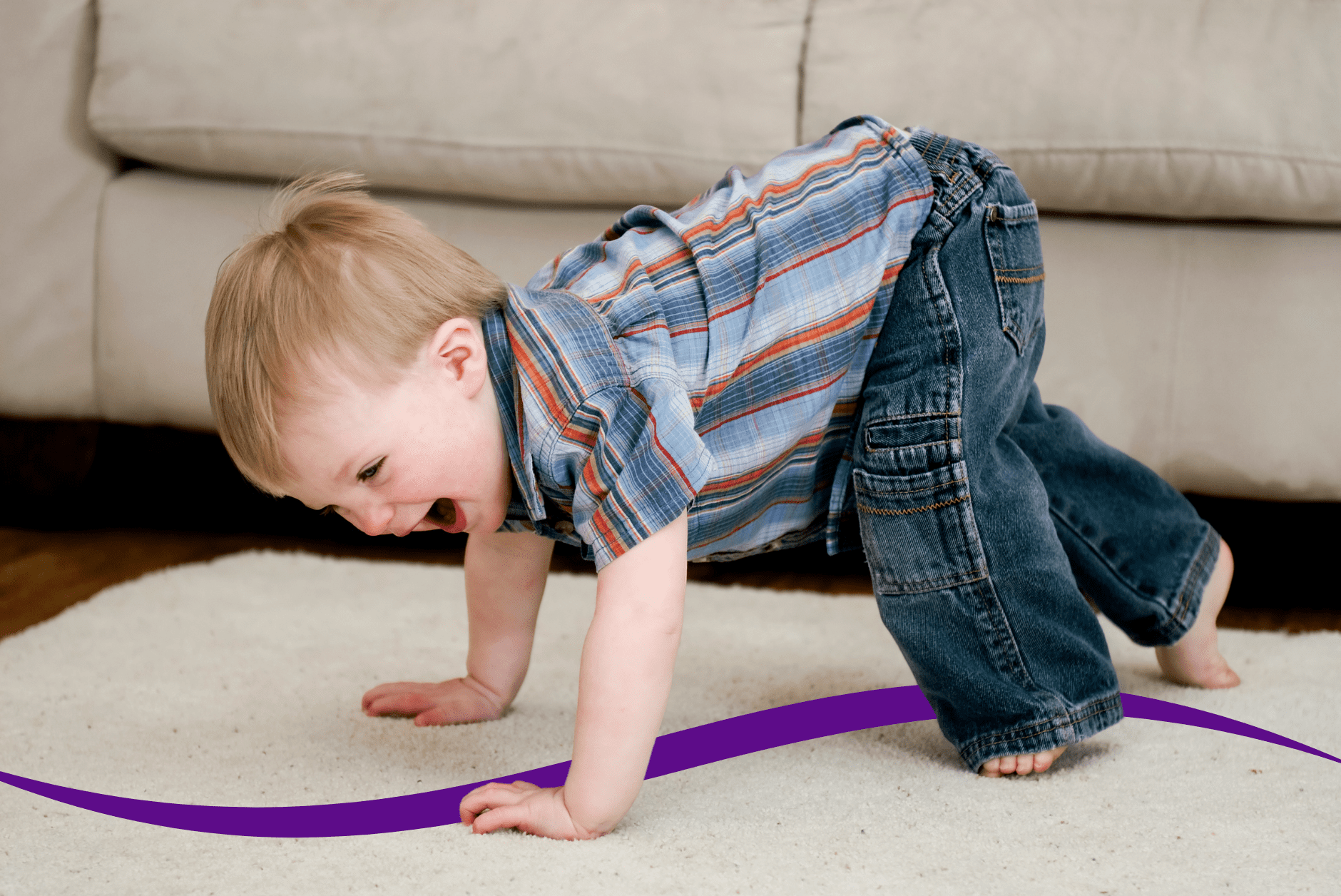
Jump to section
Noticing your child walking with a clumsy or uncoordinated gait can garner different responses from different parents. While some put it down to a stage of “not looking where they’re going” or being distracted, others are concerned that it could be indicative of an underlying issue and that their kids could need some professional care. With clumsy walking potentially posing a risk to kids in terms of regular or repeated injuries, this is a relatively common concern that presents across our podiatry clinics in Brisbane City and Newmarket.
When children are walking with a clumsy gait, it may indicate several things:
Clumsy walking can look like:
If a child’s clumsy gait is related to problems with their motor skills, coordination, vision disturbances and other factors, you may
also see them struggle with other aspects of their days - such as throwing, catching and kicking a ball, and getting dressed.
Aside from the normal, developmentally-appropriate causes of clumsy walking in kids as they develop their motor skills and learn the process of balancing and succinctly coordinating their movements, pathological causes may include:

If your child is experiencing some early developmental delays, such as not reaching their sitting, crawling or walking milestones, then they may be more likely to experience clumsy walking. They may also be more likely if there is a family history of motor coordination difficulties.
Diagnosing a clumsy gait pattern can be done by our experienced podiatrists at our clinics. It involves getting a detailed medical history and then completing a child-friendly gait assessment, as well as looking at muscle strength, the range of motion at the joints, your child’s foot posture and several other factors.
While a diagnosis is one thing, it’s most important to also understand the underlying cause of the clumsy walking in order to create an effective management plan. In some cases, this is where more testing may be needed, particularly if neurological issues are suspected. We’ll always let you know exactly which tests we’re doing and why, and refer you appropriately for additional testing or to other health professionals as needed.
The best way to manage clumsy walking in your child will depend entirely on any underlying issues and causes we identify. In some cases, where clumsy walking is suspected to be related to your child still being in an early stage of growth or development, we may simply recommend monitoring to check that the clumsiness self-resolves, to help avoid any unnecessary treatment. Where treatment is indicated, we may use several treatments to help with specific issues such as:
Outside of the field of podiatry, depending on the underlying causes, your child may also benefit from the care of other areas of medicine such as vision assessments and occupational therapy.
If the underlying cause is pathological then ignoring clumsy walking symptoms may lead to ongoing difficulties with motor skills, coordination, and balance. It can affect a child's ability to participate in physical activities, potentially impacting their self-confidence and overall development. If you’re concerned, we’re concerned.
While the nature of many causes of clumsy walking cannot be prevented and may be linked to a condition or issue present from a very early age, we recommend:
If you’ve noticed a clumsy walking pattern present for some time, such as exceeding two weeks (as we’d expect minor bruising from an injury that may alter a gait pattern to have healed well before then), or you’re feeling concerned, we highly recommend bringing your child in to be assessed. The earlier we see them, the earlier we can begin their care and ensure that their gait is not interfering with daily life and their ability to participate and enjoy their favourite activities.
| Monday | 7:40am - 6:00pm |
| Tuesday | 7:40am - 6:00pm |
| Wednesday | 7:40am - 6:00pm |
| Thursday |
7:40am - 6:00pm |
| Friday | 7:40am - 2:00pm |
| Saturday | CLOSED |
| Sunday | CLOSED |
Ground Floor, 344 Queen Street,
Brisbane City QLD 4000
| Monday | 7:40am - 6:00pm |
| Tuesday | 7:40am - 6:00pm |
| Wednesday | 7:40am - 6:00pm |
| Thursday |
7:40am - 6:30pm |
| Friday | 7:40am - 5:00pm |
| Saturday | 7:40am - 4:30pm |
| Sunday | CLOSED |
Newmarket Village, 114/400 Newmarket Rd, Newmarket QLD 4051